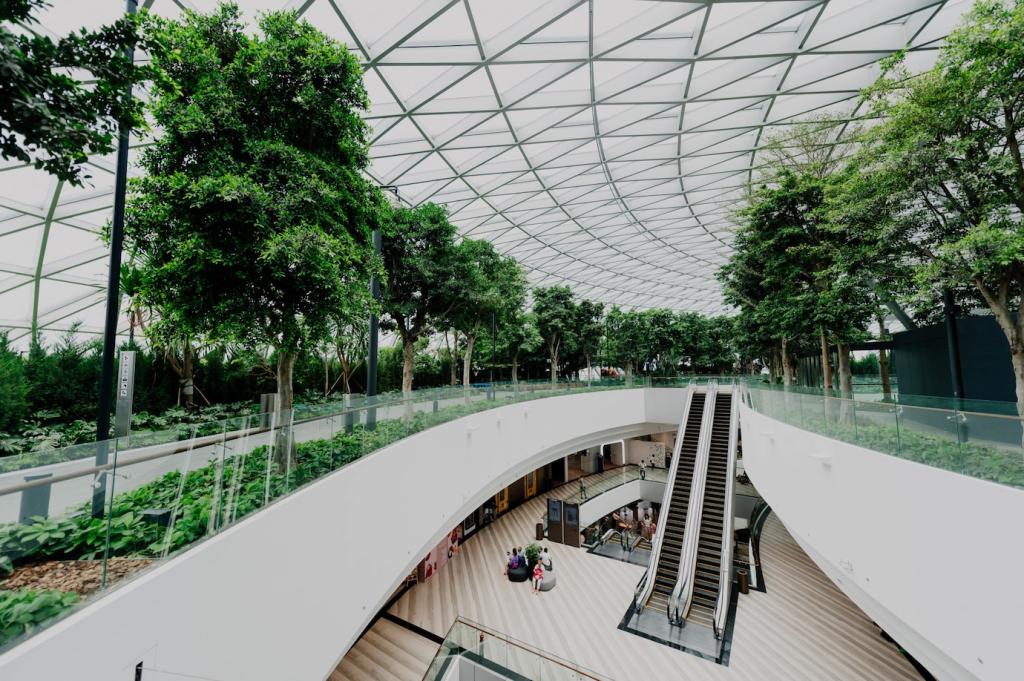This website uses cookies so that we can provide you with the best user experience possible. Cookie information is stored in your browser and performs functions such as recognising you when you return to our website and helping our team to understand which sections of the website you find most interesting and useful.
Green Infrastructure: Shaping the Cities of Tomorrow
Green infrastructure is transforming the urban landscape, redefining how cities address environmental challenges and promote sustainable growth. Unlike traditional gray infrastructure, which relies on concrete and steel, green infrastructure leverages natural systems to manage water, improve air quality, and create healthier, more livable communities. As cities across the globe expand, embracing green infrastructure is essential for building urban environments that are resilient, adaptive, and conducive to human well-being. By integrating parks, green roofs, permeable pavements, and restored waterways into urban planning, modern cities can mitigate the impacts of climate change, reduce pollution, and enhance quality of life for all residents. The future of sustainable cities depends on the choices we make today, and green infrastructure stands at the forefront of this transformation.
The Foundations of Green Infrastructure
Nature-Based Urban Design
The Role of Ecosystem Services
Integration with Urban Policy
Climate Resilience and Environmental Benefits


